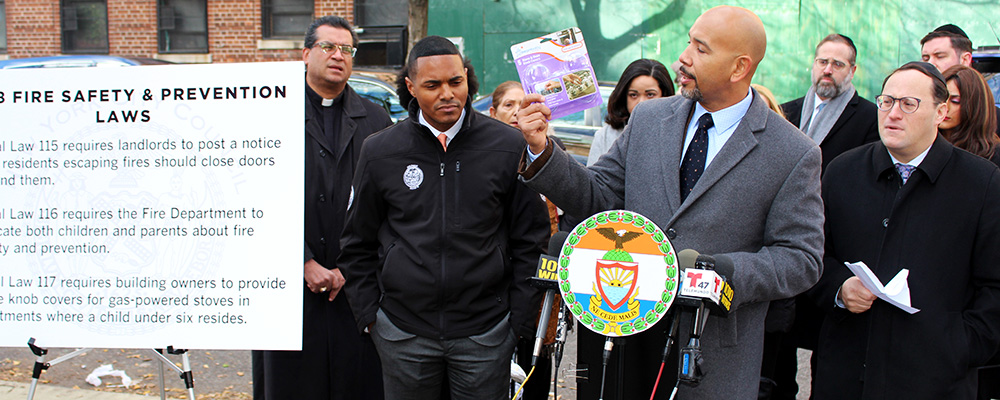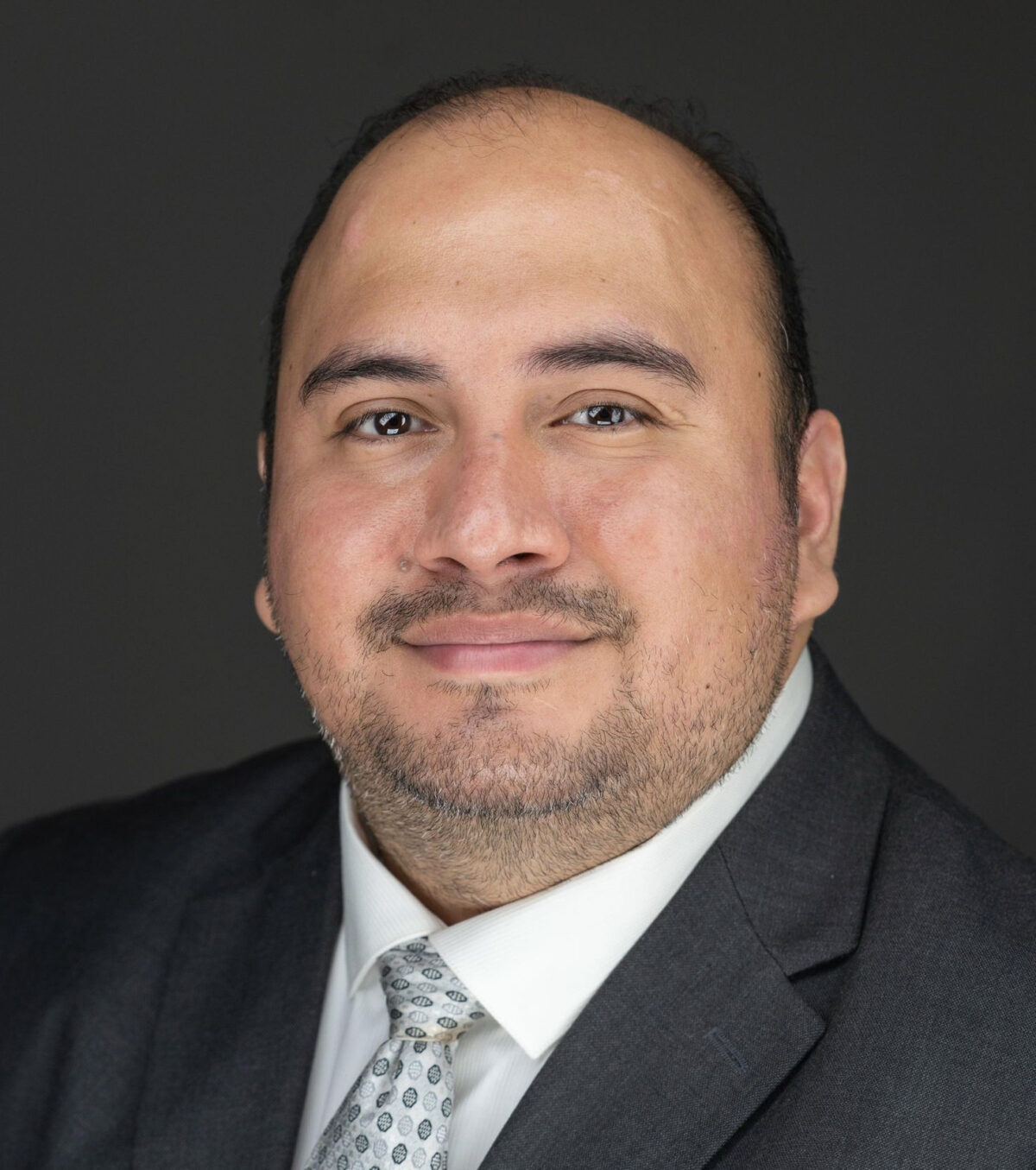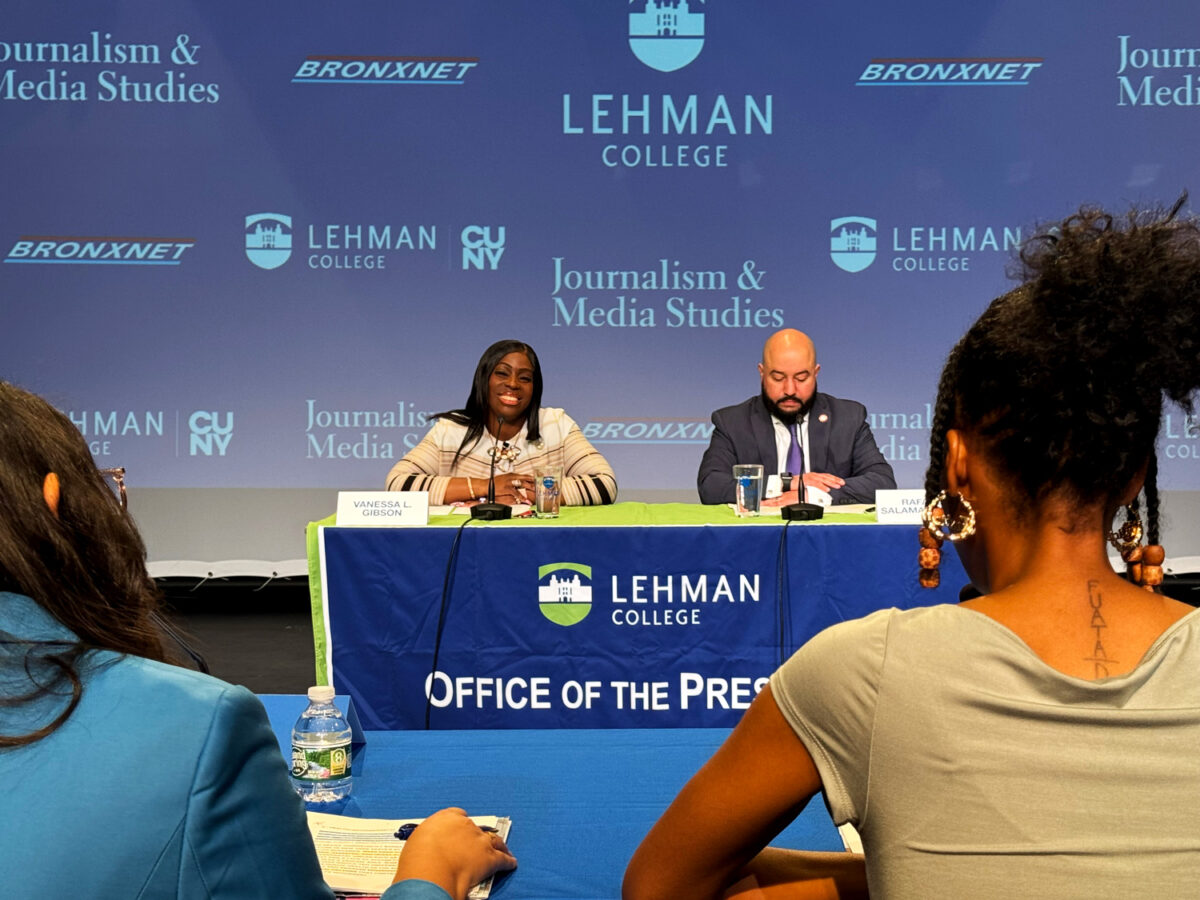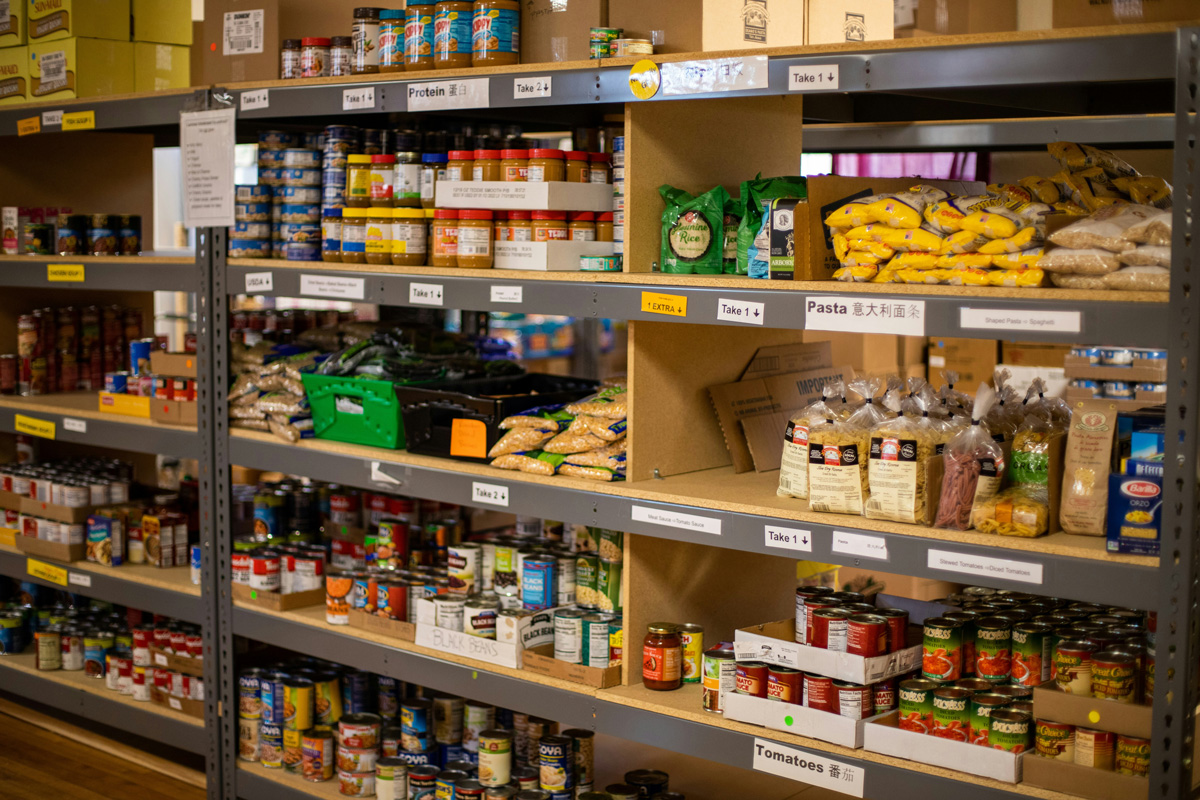Bronx Borough President Ruben Diaz Jr. and City Council Member Ritchie Torres announce the implementation of new fire safety and prevention laws.
By Deanna Garcia
In early December, local officials introduced new legislation designed to prevent deadly fires like the December 2017 blaze in the Bronx that killed 13 people. Bronx Borough President Ruben Diaz Jr., City Council Member Ritchie Torres, and City Council Member Chaim Deutsch said they hope the three bills will improve fire safety and education.
One bill requires building owners to install stove safety devices in units where children are under 10 years old. A second requires the Fire Department to coordinate with the Education Department to devise a plan to educate parents and children on fire safety. A third mandates that landlords must post a notice to tell their tenants that they should close all doors behind them when they are escaping a fire.
“The comprehensive legislation package on fire safety, prevention and education will save lives and prevent households fires from happening,” said Torres. Deutsch said that fire fatalities in the city were up 53 percent in 2017, making it an important time to make meaningful changes.
According to FDNY statistics in 2017, there were 26,484 structural fires throughout the city. In the Bronx there were 5,903 structural fires. In 2017, Brooklyn had the most fires in the five boroughs, with 8,206 structural fires.
Diaz said that the December 2017 fire could have been prevented if the child had been unable to tamper with the knob of the stove in his apartment. “Just as we require window guards in apartments with younger children, we should also require that stoves be made safer through the installation of approved safety devices,” Diaz said.
Torres mentioned that these stove knob covers will prevent fires and the loss of more lives. “Through education and outreach about fire safety, residents will be better equipped to respond to fires and prevent future catastrophes,” he said.
According to a FDNY publication, “Kitchen Cooking Fire Safety,” most home fires start during the preparation of home-cooked meals. Only 33 percent of these fires are caused by unattended cooking. Some people get distracted by watching their children, answering phone calls, watching television or even answering the door. However the most common distraction is when the cook leaves the kitchen to do something else.
There are multiple ways to reduce the possibility of a cooking fire. Cooks must remain in the kitchen while food is cooking and wear short sleeves to prevent long sleeves from catching fire or getting caught on pot handles. Parents should establish a “kid-free zone” three feet from the stove. Residents should make sure there are no items that can easily burn around the stove such as towels, paper, or pot holders.
It is also handy to have a pot lid nearby just in case there is a fire. If the pot is on fire, do not pick it up and do not try to dose the fire with water.
Small children are most likely to be curious about fire. In “Keeping Children Safe,” the FDNY explains, “They want to know how the fire looks and feels, what it can do and how it will burn.”
Thousands of home fires are caused by children playing with matches, lighters or candles. Parents should store lighters and matches out of reach, inform children that lighters and matches are tools, not toys, show no amusement when using a lighter and instruct older children on how to use lighters and matches safely. Parents should not leave their children alone in a room with a lighter. Teenagers should not have candles in their bedrooms.
The FDNY and DOE will create a cohesive plan for educating children and parents about fire safety and prevention. The agencies are required to report to the City Council on these efforts. “We must, and will, continue to advocate for legislation and programs that protect and educate New Yorkers about fire safety,” said Deutsch.
FDNY Smart suggests that families come up with emergency fire escape plans and practice them regularly. Individuals should evaluate their homes for all possible exits and make sure that hallways are not cluttered. Everyone must know how to unlock doors, open windows and agree on a meeting place outside of them home. Once the family is safe, the last step of the plan is to call 911.
Practice drills must be realistic as possible, says the FDNY, thus they should take place overnight since that is when most fires occur. The drill could start with the sound of a smoke alarm, followed by the family leaving on their hands and knees to avoid any smoke. Doors should be closed as they leave.
FDNY Smart also mentioned that working smoke and carbon monoxide alarms are one of the most important parts of a family’s escape plan. Almost 70 percent of deaths due to fire occur in homes with no working smoke and carbon monoxide alarms.
Every household must have an updated alarm with a 10-year battery. There should be alarms placed in all bedrooms near the center of the room. It is important to regularly test the alarms by pressing the test button.








No comments